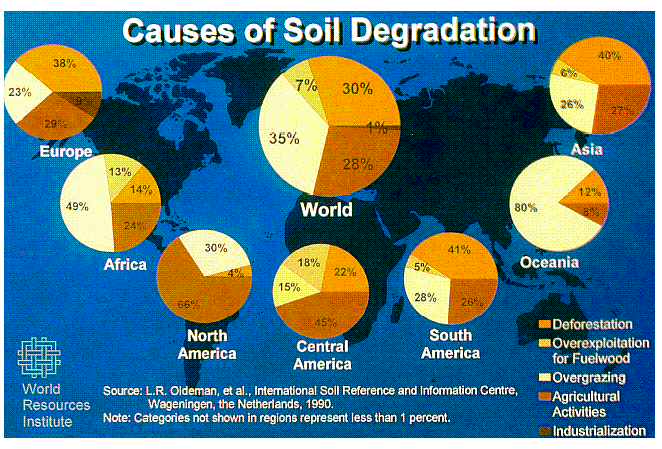

-Teen Biotech Challenge-
Bioremediation

It takes one to make a difference.

Support bioremediation so those red towers on the map will decrease.

Accidents occur, but are we willing to fix it?
Background
Is bioremediation Safe?
Microbes and chemicals that participate in bioremediation is safe for the human population. In addition, microbes die when all the contaminants have been consumed and samples to be safe, collection of samples from the bioremediation site is analyzed and deemed safe. (2.40)
Benefits of Bioremediation
Not only is it a safe way to clean up the toxic and contaminated environment, it also requires little cost since not much labor, machinery, and energy is required. In addition, groundwater and soil conamination could be treated on-site and the by-products would be mostly be water and gases. (2.40)
How Might It Affect Me?
There are no toxic chemicals being release, and as a matter of fact, this method reduces the concentration fo toxic pollutants. This makes the land and water in residential areas safer and cleaner for when children play or adults relax. (2.40)
To do an activity to better understand bioremediation click here...
Shaily Mahendra: Bioremediation
Ground Water Contamination
Many nonpoint sources (origin of contamination from various places) include agricultural runoff of fertilizers, untreated sewage, and detergents waste. These sources have phosphate and nitrate which induces algal blooms that deplete the amount of oxygen in water for other aquatic life. Detergents used for washing cars and soap also damages the external mucus layer of fishes that provide protection from bacteria and parasites. Oils spills have clogged gills in fishes and prevent sunlight from reaching cyanobacteria in the water. As a result, hypoxia occurs and fishes are unable to optimize their ability to gather oxygen through gills. In addition, coal mining releases heavy metals like arsenic, cadmium, chromium, and copper, nickel, lead, and mercury into the water. Hence, the pH in water decreases and as the water becomes acidic, solubility of phosphate and other metallic compounds increases to promote more decrease in pH until the body of water becomes too acidic for organisms to survive. To remediate this, microbes and plants are introduced. (2.27, 2.28, 2.29)

Soil Contamination
Industrial activities that dispose of their industrial wastes on soil surface, agricultural activities that dumps chemicals, and improper waste disposal causes soil infertility. Some pollutants include petroleum hydrocarbons, heavy metals, and pesticides. These pollutants eventually accumulate in the soil and food grown there will causes cancer to those who eat it. To remediate this, microbes are introduced. (2.31, 2.32)
 Global Land DegradationWhere most soil contamination resides |
|---|
 Cause of Soil DegradationThe reason behind global soil degradation |
 Effects of Homo SapiensHuman activities influence on soil contamination |
 Worldwide Nuclear Testing |
|---|
 Potential Nuclear Targets |
 Risk of Contamination |
Radioactive Pollution:
Due to the improper disposal of nuclear waste or power plant malfunction, many radioactive substances decay and release radiation into the environment causing birth defects, and cancer when in mediums such as water or soil. To remediate this, microbes are introduced. (2.33)